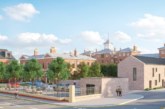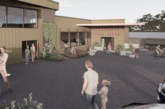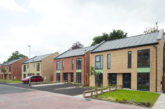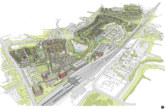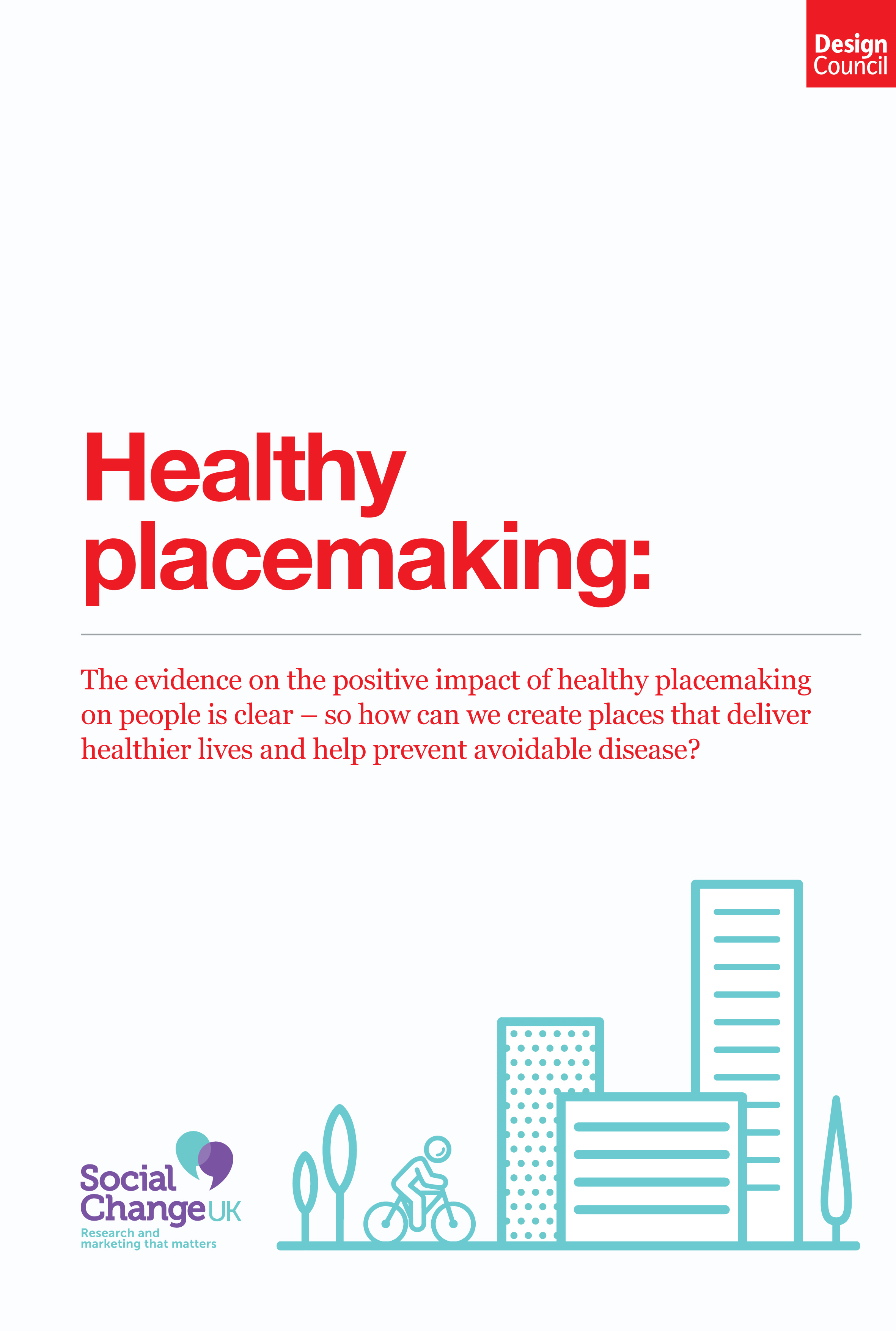
Design Council has launched its Healthy Placemaking research, which closely examines the public, and economic benefits of healthy placemaking across the UK.
The environments where we live and work have a major impact on our health, yet we continue to design and build unhealthy places. As the Government strives to meet its target of 300,000 homes a year and respond to the growing demand for public services, particularly in health and social care, there has never been a more important time to actively encourage the design of healthy places.
The latest research from Design Council and Social Change UK notes that healthy placemaking sits on the periphery of UK housing, public health and placemaking policy. It continues to be seen as a cost to local development rather than an investment, and when considered alongside the plethora of local planning priorities and frameworks, it often gets overlooked. Investment in the future of our towns, cities and villages must have a focus on healthy places to deliver sustainable communities that boost local economic growth and improve people’s lives through reducing preventable disease.
Design Council CEO, Sarah Weir OBE, commented: “With ever-increasing pressures on the NHS to fight preventable health issues such as obesity, heart disease, and diabetes, we need to consider new ways to fight this growing health epidemic. As a recognised leader within the architecture and built environment sector, we want to fully understand what stops those who design and build the places that we live and work in making us healthier and happier. Our latest research makes clear that, despite the evidence, healthy placemaking is often sidelined and seen as a cost. This has to change if we are to tackle the high levels of physical inactivity that is costing the country an estimated £7.4bn each year.”
Social Change UK, the organisation that carried out the research, believes some of our toughest societal issues can be solved by healthy placemaking. Kelly Hunstone, Chief Executive, said: “After years of working on the ground within local communities, we believe a lot of health and social issues can be solved by designing healthier neighbourhoods. People want to live in comfortable, breathable homes that make them feel safe and secure. They want access to green spaces and cycle paths and the kind of environment that promotes a healthy lifestyle and happier life. This should be the right of everyone and not the few, and I urge our decision makers — our politicians, our planners and anyone involved in the design and construction of our villages, towns and cities — to put healthy placemaking top of the agenda”.
Design Council’s recommendations for developing healthy places are:
- Physical activity: to increase walkability in buildings and neighbourhoods and encourage healthy modes of transport
- Healthy food: to improve access to healthier foods
- Social contact: to design well-connected housing and neighbourhoods that provide access to facilities and amenities to reduce social isolation and loneliness
- Contact with nature: to provide access to the natural environment, including parks
- Pollution: reducing exposure to air and noise pollution
Healthy placemaking enables a healthier and happier population, improves our standards of living, reduces preventable disease, and has the potential to alleviate pressure on health and social care services. Change requires action at all levels of people working in the built environment. To achieve this, Design Council recommends:
- Government: the Government must remain committed to developing healthy places, making sure it runs throughout the revised National Planning Policy Framework
- Local Government (including combined authorities): local authorities should embed healthy placemaking across all local and neighbourhood plans with health seen as intrinsic to economic and social development priorities
- Practitioners: built environment practitioners and developers should promote and demonstrate a firm commitment to healthy placemaking. Practitioners should work with key bodies from across the sector to promote the need for healthy placemaking presenting a stronger case for well-designed places which support the health and wellbeing of communities

